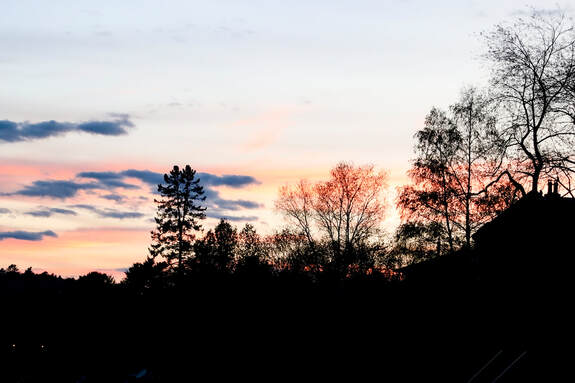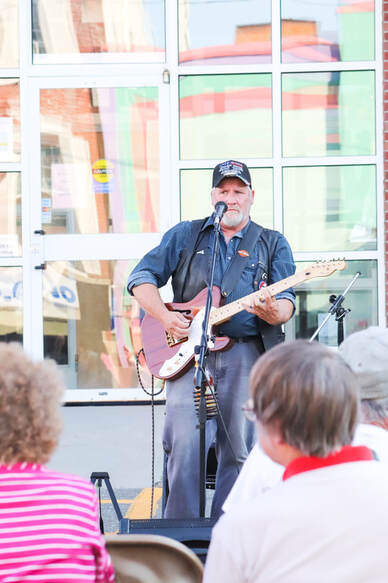- Published on
The Right Kind Of Light
The importance of using the right kind of light when you photograph.
Why becoming a better photographer gives you reasons to better your photos using lighting when it comes to photographing subjects, landscapes or objects. It's changed my life for the better. A lot of people have cameras, but it's not a passion for everyone. For those who do care, here are some reasons why you should be happy to be a photographer and have better photos for your family albums. There is always something to learn and try. You will never really get bored. The world is every changing, as well as your subjects. Taking a moment to think things through an look at your surrounding, there's no reason to get bored in photography. There's ways to become a better photographer, have fun, know your equipment, focus on your subject, follow a routine, never give up and know how to use light to your advantage. So, lets discuss how light effects how we take photos.
The soft box effect of positioning the subject near a large bright window that doesn't receive a lot sunlight creates a soft light box. Whereas, a broad light source creates shadows, textures, reduces contrast and textures. The opposite effect of the harder light source creates darker effects.
The soft box effect of positioning the subject near a large bright window that doesn't receive a lot sunlight creates a soft light box. Whereas, a broad light source creates shadows, textures, reduces contrast and textures. The opposite effect of the harder light source creates darker effects.
The closer the light source to the subject the softer the effect occurs. The farther away the narrower the effect and the closer the light effect becomes bigger. So, if taking photos indoors using available light such as lamps or strobes closer to the subject or vice versa will create a flattering light and give photos a natural look to them. The photo above was taken in a dark basement and using two photography lamps with 150 amp using a lamps on both sides that created the shadows and gave the photo and enough light to give the subject great texture.
What is Diffusion ?
Diffusion scatters light making light softer.
When clouds drift in front of the sun during a partly cloudy day the shadows get less distant making shadows disappear. Using Nature's Natural Elements to create softer box effects on photography by using translucent plastic or white fabric can diffuse hard light sources when shooting indoors or on a day with out much cloud coverage. Using a diffuser in front of an artificial light such as a strobe or if in bright sun to soften the light has the opposite effect.
Bouncing light acts as a diffusion. To do this aim a narrow light at a broad surface such as a wall, ceiling or matte reflector and it scatters it over a wider area. Using a mirror or prism will keep the light fairly narrow and focused. Creating your own reflections can be done by using aluminum foil that is wrapped around a piece of card board, shiny side out creates a soft effect as a matte white surface and is good for adding sparkly highlights to a dress and surfaces.
The opposite effect can be created by having a light source that's farther away. The subject becomes dimmer. The light gets dim fast when you move it away. Keep in mind by moving your lights or your subject will change the quality of light and creates different shadows, contrast and shadows.
Another way to lesson the effects in areas of subjects is to use front light which de-emphasis's textures. Lighting from the side, above or below emphasis it. Side lighting may emphasis the textures of rocks, sand and foliage when the light source is close to the axis of the lens. To reveal and retain the details of what you are photographing position the light source some what to the side especially if setting up hair light of a subject against a dark background.
Bouncing light acts as a diffusion. To do this aim a narrow light at a broad surface such as a wall, ceiling or matte reflector and it scatters it over a wider area. Using a mirror or prism will keep the light fairly narrow and focused. Creating your own reflections can be done by using aluminum foil that is wrapped around a piece of card board, shiny side out creates a soft effect as a matte white surface and is good for adding sparkly highlights to a dress and surfaces.
The opposite effect can be created by having a light source that's farther away. The subject becomes dimmer. The light gets dim fast when you move it away. Keep in mind by moving your lights or your subject will change the quality of light and creates different shadows, contrast and shadows.
Another way to lesson the effects in areas of subjects is to use front light which de-emphasis's textures. Lighting from the side, above or below emphasis it. Side lighting may emphasis the textures of rocks, sand and foliage when the light source is close to the axis of the lens. To reveal and retain the details of what you are photographing position the light source some what to the side especially if setting up hair light of a subject against a dark background.
Creating shadows gives a photograph a three-dimensionality and creates volume for positioning the light above and slightly to the side of the subject. But, keep an eye to make sure that the shadow of the nose falls more than midway down the upper lip to create a dramatic close up portrait.
The lighting from the side, above or below by casting deeper and longer shadows creates a sense of volume in still life, product photography and landscapes, that's why photographers use angular light for this reason.
The lighting from the side, above or below by casting deeper and longer shadows creates a sense of volume in still life, product photography and landscapes, that's why photographers use angular light for this reason.

Silhouettes have become more popular in sun set photos. There is no light at all falling in front of a person or subject. A person with his or her back to a bright window will have a light effect from the apposite wall from them. Some one standing outside, back to the bright sun light will have the light from the open sky in front of them. Either way, it's necessary to increase exposure to de-emphasize facial textures and dimensionally to create the silhouette.
Light that is white has color temperature and digital sensors records color where our eyes didn't see them. With digital cameras you can use the white balance control to neutralize color contrast to emphasize them. This is a great way to reflect light off of objects to emphasize the reflections on glass, paint and inside of areas where it's darker.

The Ultimate Guide To Learn Photography is a great way to start as a beginner. This guide can be found in the link https://www.creativelive.com/photography-guides
The Photography Lighting For Beginners:3 Lighting Essentials For Creating Incredible Images is a great way to get you anyone started in creating better photos.
More information on how lighting is essential to your photos go to Google and do research for resources to improve your family and selfie images. The link above also has great classes, stories, podcasts, events and a blog for further exploration on topics that is related to lighting.
The Photography Lighting For Beginners:3 Lighting Essentials For Creating Incredible Images is a great way to get you anyone started in creating better photos.
More information on how lighting is essential to your photos go to Google and do research for resources to improve your family and selfie images. The link above also has great classes, stories, podcasts, events and a blog for further exploration on topics that is related to lighting.

